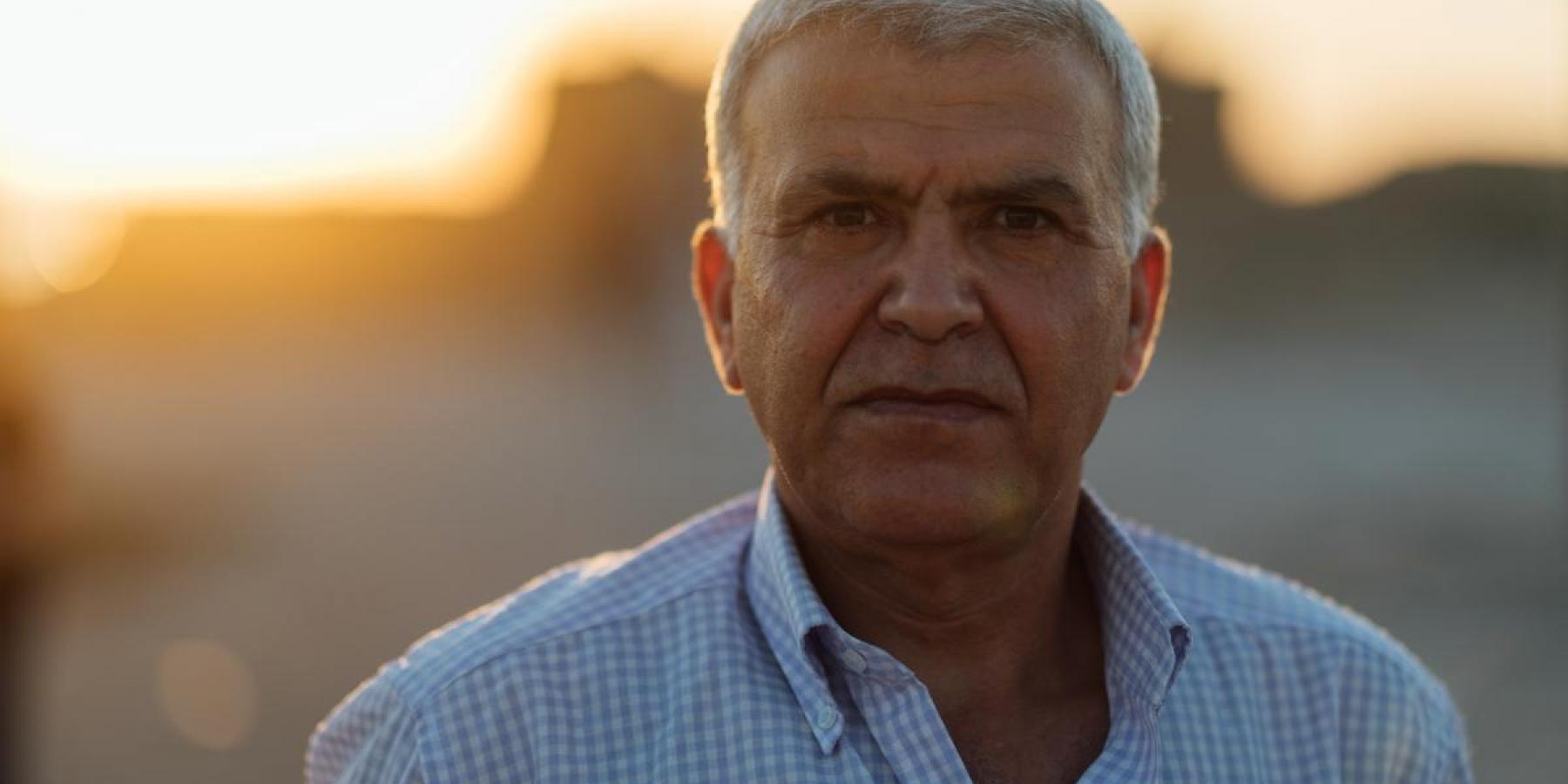The diabetes epidemic: New findings show alarming increase of people living with diabetes worldwide
02nd November 2021

02nd November 2021
The latest IDF Diabetes Atlas reports that global prevalence of diabetes has reached 10.5%, with almost half (44.7%) of adults undiagnosed. IDF projections show that by 2045, 783 million adults will be living with diabetes – or one in eight adults. This would be an increase of 46%, more than double the estimated population growth (20%) over the same period.
“As the world marks the centenary of the discovery of insulin, I wish I could report we have witnessed decisive action to turn the rising tide of diabetes. Alas I cannot,” comments IDF President, Professor Andrew Boulton. “Diabetes is a pandemic of unprecedented magnitude.”
2021 marks the centenary of the discovery of insulin, yet the sad fact is that 1 in 2 people with diabetes across the world who need insulin cannot access or afford it. That is why the theme of World Diabetes Day this 14 November is Access to Diabetes Care. IDF is calling on national governments to provide the best possible care for people living with diabetes and develop policies to improve diabetes screening and type 2 diabetes prevention, especially among young people. Take part by signing the online petition!
You can also get inspired by watching a campaign video and reading the findings of the new Diabetes Atlas, and then check out some campaign resources that you can share with your networks.
Learn more at www.worlddiabetesday.org.